Restoring Pollinator Habitat
- August 15, 2024
- 0 comment
Learn how to restore pollinator habitat with native plants, water sources, and community engagement for a thriving ecosystem. Pollinator habitat restoration has become a critical environmental initiative in recent years. As bee populations decline and other pollinators face threats, the need to create and maintain suitable habitats has never been more urgent. This explores the importance of pollinator habitats, effective restoration techniques, and the far-reaching benefits of these efforts.
Why Pollinator Habitats Matter
Essential for Plant Reproduction
Pollinators are indispensable for the reproduction of a vast majority of flowering plants. They facilitate the transfer of pollen from one flower to another, enabling fertilization and the production of seeds and fruits.
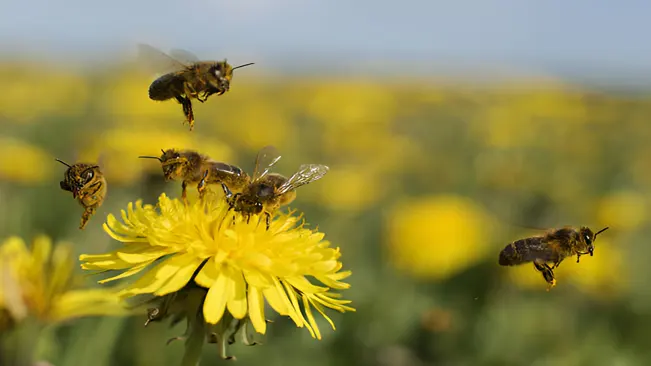
- Over 75% of Flowering Plants: It is estimated that more than 75% of flowering plants rely on animal pollinators to reproduce. Without these pollinators, many plants would be unable to complete their life cycles, leading to a decline in plant diversity and ecosystem stability.
Crucial for Food Production
- One-Third of Human Food Crops: Approximately one-third of the food we eat relies on pollinators. This includes fruits, vegetables, nuts, and seeds. For example, crops like apples, almonds, and tomatoes are highly dependent on pollinators to yield a productive harvest.
- Economic Impact: The agricultural value of pollinators is significant, with billions of dollars contributed to global food production through their pollination services. This economic benefit underscores the importance of protecting pollinator habitats for maintaining food supply and agricultural economies.
Enhancing Ecosystem Health and Diversity
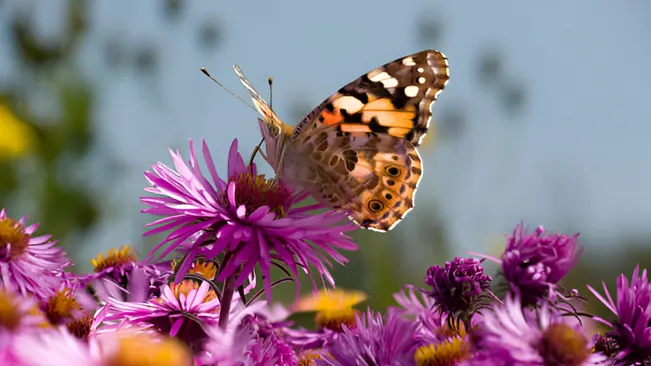
- Biodiversity: By aiding in the reproduction of a wide range of plant species, pollinators help maintain plant diversity. Diverse plant communities support a variety of other wildlife, creating complex and resilient ecosystems.
- Habitat Integrity: Pollinators also help sustain the habitats of other animals by promoting plant growth. Healthy, diverse plant communities provide food and shelter for a multitude of other species, from insects to mammals.
Supporting Natural Landscapes
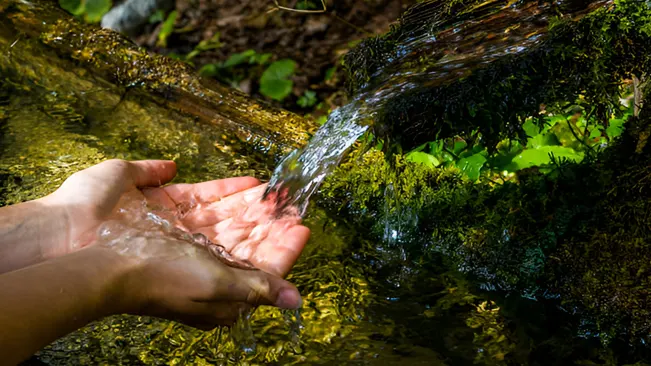
- Habitat Restoration: Restoring and preserving pollinator habitats can rehabilitate degraded landscapes, enhancing their ecological function and resilience.
- Ecosystem Services: In addition to pollination, healthy ecosystems offer other services such as soil stabilization, water regulation, and climate moderation, all of which benefit from diverse plant communities supported by pollinators.
Effective Restoration Strategies
Plant Native Species
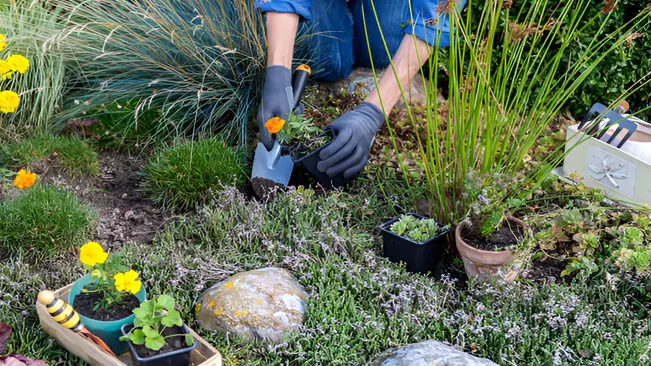
- Choose a Variety of Native Flowers, Shrubs, and Trees: Select plants that are native to your region to ensure they are adapted to local soil, climate, and pollinator species. A diverse plant palette supports a wider range of pollinators.
- Ensure Year-Round Blooming: Incorporate plants that bloom at different times throughout the year to provide a continuous food supply. This includes early spring blooms, summer flowers, and late-season plants that can sustain pollinators as they prepare for winter.
Create Diverse Habitats
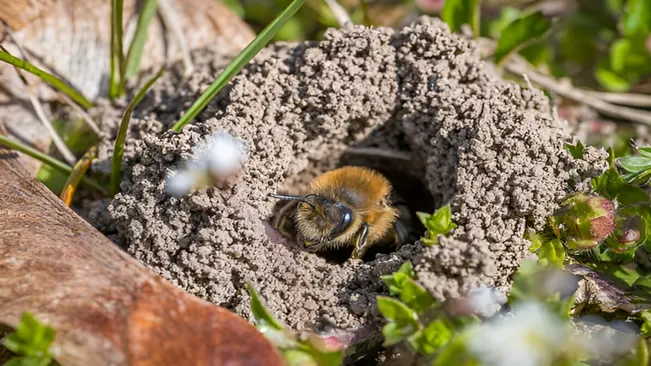
- Include Areas with Bare Soil for Ground-Nesting Bees: Some pollinators, such as solitary bees, nest in the ground. Create patches of bare soil or sandy areas where these bees can burrow.
- Incorporate Water Sources: Install shallow dishes with water or birdbaths with stones or pebbles to offer hydration. Ensure the water is clean and regularly refreshed to prevent mosquito breeding.
- Leave Dead Wood and Leaf Litter: These materials provide valuable nesting sites for various pollinators. Dead wood can be used by beetles and solitary bees, while leaf litter serves as a habitat for many small insects.
Minimize Pesticide Use
- Adopt Organic Gardening Practices: Avoid synthetic pesticides and fertilizers. Instead, use organic alternatives and natural pest control methods, such as introducing beneficial insects or using neem oil.
- Use Targeted Pest Control Methods If Necessary: If pest control is required, opt for targeted approaches that minimize harm to pollinators. For example, use insecticidal soaps or physical barriers rather than broad-spectrum chemicals.
Provide Nesting Structures
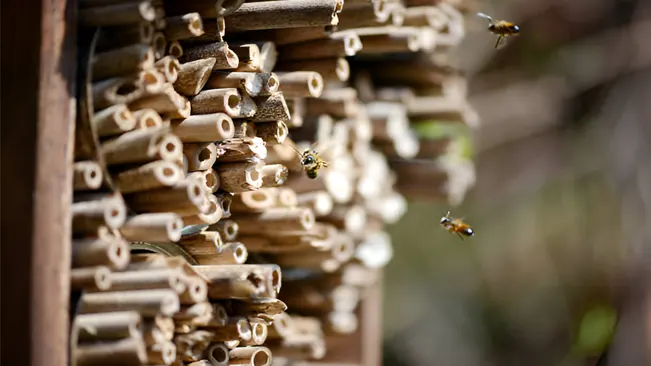
- Install Bee Hotels for Solitary Bees: Provide nesting sites like bee hotels or nesting blocks designed for solitary bees. These structures offer cavities for bees to lay their eggs.
- Leave Some Areas Unmowed for Bumblebee Nesting: Bumblebees often nest in long grass or underbrush. Allow some areas of your garden to remain unmowed to offer these nesting opportunities.
Benefits of Habitat Restoration
- Increased Biodiversity in Restored Areas
Restoring pollinator habitats can significantly boost biodiversity. By reintroducing native plants and creating diverse floral resources, a variety of pollinators such as bees, butterflies, and hummingbirds can thrive. This enhanced biodiversity supports complex ecosystems, where different species contribute to ecological balance and resilience. Additionally, increased plant diversity can attract other wildlife, such as birds and small mammals, further enriching the ecosystem. - Enhanced Crop Yields in Nearby Agricultural Lands
Pollinators are essential for the reproduction of many crops. Restoring pollinator habitats near agricultural lands can lead to improved crop yields due to increased pollination. Pollinator-friendly habitats provide a continuous supply of pollinators, which can enhance the pollination of crops and reduce the need for artificial pollination methods. This, in turn, can lead to higher-quality produce and more robust agricultural outputs, benefiting farmers and food security. - Improved Ecosystem Resilience
Restored pollinator habitats contribute to greater ecosystem resilience. By supporting a diverse array of pollinators and plants, these habitats can help ecosystems better withstand and recover from disturbances such as climate change, pests, and diseases. Healthy pollinator populations also ensure the continued reproduction of many plant species, which is crucial for maintaining ecosystem functions and services, such as soil health and water regulation. - Educational Opportunities for Communities
Pollinator habitat restoration offers valuable educational opportunities for communities. Schools, organizations, and local groups can engage in hands-on activities like planting native species, monitoring pollinator populations, and learning about ecological interactions. These activities foster environmental stewardship, raise awareness about the importance of pollinators, and inspire collective action to protect and restore natural habitats. - Aesthetic Value in Urban and Rural Landscapes
Restored pollinator habitats enhance the visual appeal of both urban and rural landscapes. Native plants and flowering species create vibrant, colorful environments that can transform dull or neglected areas into attractive green spaces. In urban settings, these habitats can provide scenic beauty, improve property values, and offer recreational spaces. In rural areas, they can blend harmoniously with natural landscapes and contribute to the overall charm and functionality of the area.
Challenges and Considerations
Restoring pollinator habitats is a critical effort for maintaining ecosystem health and biodiversity, but it comes with several challenges. Addressing these challenges effectively requires thoughtful planning and innovative solutions.
- Balancing Restoration with Urban Development
As urban areas expand, finding space for habitat restoration can be challenging. Urban development often leads to habitat fragmentation, which can isolate pollinator populations and reduce their access to essential resources. - Educating the Public about the Importance of “Messy” Habitats
Pollinator habitats often involve what some might view as “messy” or unmanaged areas, such as wildflower meadows or brush piles, which can be less visually appealing compared to traditional manicured landscapes. - Securing Funding for Large-Scale Projects
Restoration efforts, especially on a large scale, can be costly. Securing sufficient funding is often a significant barrier to implementing and sustaining these projects. - Addressing the Impacts of Climate Change on Habitat Sustainability
Climate change affects weather patterns, plant blooming times, and habitat conditions, all of which can impact pollinator populations and their habitats. Ensuring that restored habitats remain viable in the face of these changes is a critical consideration.
Conclusion
Restoring pollinator habitats is a vital step in preserving biodiversity and ensuring food security. By implementing effective strategies and fostering community involvement, we can create a network of thriving ecosystems that support both pollinators and human needs. As individuals and communities take action, the collective impact on pollinator populations and overall environmental health can be significant and long-lasting.
FAQs
1. What is pollinator habitat restoration?
Pollinator habitat restoration involves creating or enhancing environments that support pollinators like bees, butterflies, and birds. This includes planting native flowering plants, providing nesting sites, and ensuring a suitable ecosystem for pollinators to thrive.
2. Why is restoring pollinator habitat important?
Restoring pollinator habitats is crucial for maintaining biodiversity, ensuring the reproduction of flowering plants, and supporting agricultural productivity. Pollinators play a key role in pollinating crops and wild plants, which is essential for food security and ecosystem health.
3. What types of plants are best for pollinator habitats?
Native flowering plants are ideal for pollinator habitats. They provide nectar and pollen throughout the growing season. Examples include milkweed for Monarch butterflies, bee balm for bees, and coneflowers for various pollinators.
4. How can I create a pollinator-friendly garden in my yard?
To create a pollinator-friendly garden, plant a diverse range of native flowering plants, provide sources of water, and offer shelter like bee hotels or bat houses. Avoid using pesticides and herbicides, and let some areas remain wild or “messy” to provide natural habitats.
5. What challenges might I face when restoring pollinator habitats?
Challenges include balancing habitat restoration with urban development, educating the public about the value of “messy” habitats, securing funding for large-scale projects, and addressing the impacts of climate change on habitat sustainability.
6. How can urban areas support pollinator habitat restoration?
Urban areas can support pollinator habitat restoration by integrating green spaces such as parks and green roofs, planting native species in public areas, and promoting pollinator-friendly landscaping practices. Community gardens and school projects can also play a role.
7. What are some funding sources for pollinator habitat restoration projects?
Funding sources include government grants, nonprofit organizations, corporate sponsorships, and community fundraising efforts. Collaborating with local businesses and institutions can also provide financial and logistical support.
8. How do I monitor the success of a pollinator habitat restoration project?
Monitoring involves tracking pollinator populations, plant health, and habitat conditions. Use tools such as camera traps, insect traps, and visual surveys. Regularly assess the effectiveness of your habitat and make adjustments as needed.
9. How can climate change impact pollinator habitats?
Climate change can affect plant blooming times, weather patterns, and habitat conditions. This may disrupt the availability of food sources for pollinators and alter their migration patterns. Adaptive management practices can help mitigate these impacts.
10. How can I get involved in pollinator habitat restoration efforts?
You can get involved by participating in local conservation projects, joining community gardening groups, supporting pollinator-friendly policies, and educating others about the importance of pollinators. Volunteering with organizations dedicated to habitat restoration is also a great way to contribute.
Restoring pollinator habitats is more than just a conservation effort it’s a commitment to sustaining the intricate web of life that supports our ecosystems and agriculture. By understanding and addressing the challenges, from urban development to climate change, and actively participating in restoration projects, we can make a significant impact on pollinator health and biodiversity. Embrace the opportunity to contribute to a thriving natural world by supporting and engaging in habitat restoration efforts. Together, we can create environments where pollinators flourish and ecosystems thrive for generations to come.

Kristine Moore
Forestry AuthorI'm Kristine Moore, a seasoned garden landscaping professional with over 30 years of experience. My extensive career has been dedicated to transforming outdoor spaces into stunning, sustainable landscapes. With a deep understanding of horticulture, design principles, and environmental stewardship, I have become a respected figure in the field, known for creating harmonious, visually appealing, and eco-friendly gardens. My commitment to excellence and continuous learning in landscaping trends and techniques has solidified my reputation as an expert in garden design and implementation.

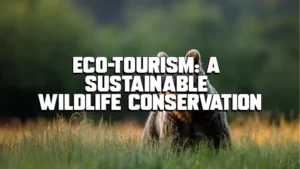
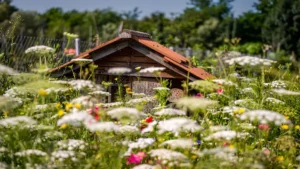

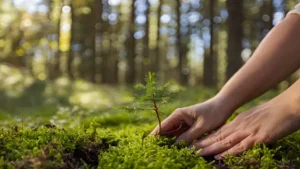


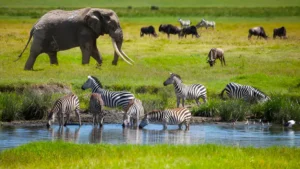
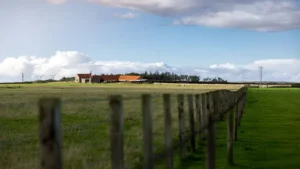
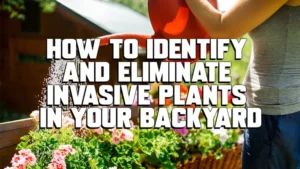
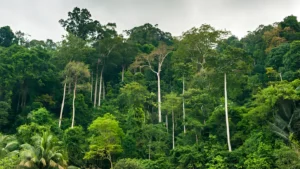
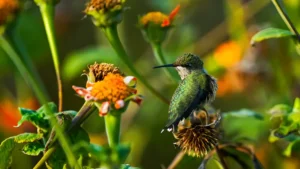

Leave your comment